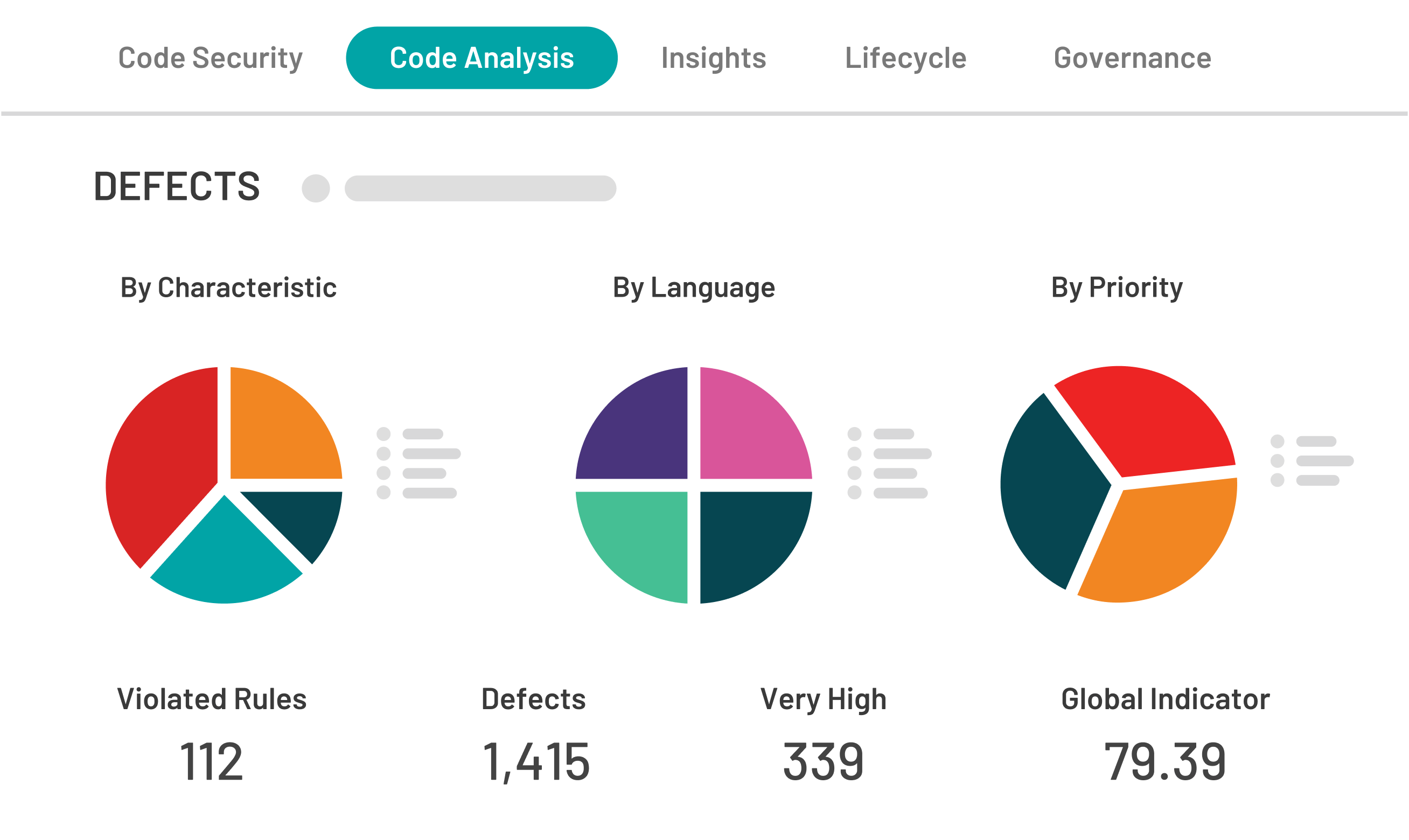

Common Weakness Enumeration (CWE) is a software and hardware weaknesses classification system. It’s an extension of the Common Vulnerabilities and Exposures (CVE) list compiled by MITRE. This federally funded, non-profit organization manages research and development centers supporting government agencies like Homeland Security.
With over 600 hyper-specific categories of bugs and flaws, the CWE is a community-based project that aims to automate identifying and remedying vulnerabilities. The CVE list is built by assigning an identifier to a potential security vulnerability. Then, that vulnerability is assigned a number from the MITRE-managed CVE Numbering Authority before it is publicly published.
The Common Weakness Enumeration (CWE) was created to standardize the identification and description of software weaknesses, regardless of the language or origin. This standardization is crucial for decentralizing diagnostic efforts, enabling users and developers to troubleshoot software and hardware for architectural, design, or code weaknesses. Initiated in 2005, the CWE list serves as a baseline for describing software flaws, allowing development teams to implement security tools to identify, fix, and prevent weaknesses efficiently.
The latest version of the CWE list, version 4.14, includes 938 listed weaknesses and 1,426 entries. The CWE community, consisting of representatives and researchers from around 50 companies, continually updates the list to ensure it reflects the latest vulnerabilities. Common CWE weaknesses include improper input validation, broken algorithms, cross-site scripting, and user interface errors.
The list is updated annually, with the community initiative engaging representatives and researchers from around 50 companies, benefiting from their in-depth knowledge and expertise. That way, the CWE list remains up-to-date, and the individual weaknesses are wholly and clearly defined.
Some common CWE weakness definitions include:
Some definitions note thousands of vulnerability reports, while others have single or few reports. As weaknesses are eliminated, they can fall off the list. However, past lists are archived so anyone can find prior information on specific weaknesses.
Navigating the CWE list is straightforward, thanks to its structured three-tiered hierarchy. Each year, the community publishes “spotlight” lists summarizing the top 25 CWE software weaknesses and other critical vulnerabilities. The complete list is accessible to everyone, from business professionals to security and software development experts.
The standardized CWE list was created primarily to simplify and unify. Thanks to an extensive taxonomy and structure, security tools and service providers can use the “CWE Compatibility” designation to show that their products comply with the flaw classification model.
According to CWE, the list and classification trees are constructed “for maximum comprehensive coverage across appropriate conceptual, business, and technical domains.” This is evident by how the list caters to multiple levels of computer knowledge in its structure.
The top level consists of high-level groupings of middle-tier nodes, making them easily accessible to researchers, developers, and business people. Users can further extend the search to the individual nodes that describe affinity groupings of the CWEs, which is more beneficial to software security and development experts. Meanwhile, the bottom-most tier examines broad classes of information specifically for discussion by researchers, academics, vendors, and enterprise management.
The risk factor of each weakness is determined using a scoring system, depending on the prevalence and possible damage of the flaw. Because the process is hierarchical and structured, the CWE directly impacts government and business entities, providing transitional mapping opportunities among various software lists.
Every CWE list update is made available in PDF format, where information on the current weaknesses and how to use symbols to flow through the data hierarchy is provided. While complex from an outsider’s perspective, the structured hierarchy keeps the CWE database searchable and functional.
The list uses specific symbols to represent its hierarchical structure:
The structure begins at the root of the weakness. It branches out into the specifics that further flow into vulnerability testing, code structure, and whether the weakness is malicious or intentional. It further branches into data handling, security features, and process controls.
By following the hierarchy, users can easily and quickly find the details of a particular weakness and how to handle it. That way, they avoid duplicating past efforts and wasting limited resources on solving a flaw independently.
For companies aiming to leverage the CWE list, it is essential to scrutinize software and hardware architecture for compatibility, especially in cloud applications. Kiuwan offers end-to-end application security solutions that can integrate seamlessly with Ranorex and PreEmptive, forming a comprehensive security and testing suite. Equip yourself with the right tools to manage and mitigate vulnerabilities effectively. Start by identifying and remedying vulnerabilities with a free trial of Kiuwan.


